Selecting a thermal camera involves more than choosing a device that shows bright and dark colors on a screen. The right model depends on the task, how frequently the tool will be used, and the level of detail required. Before making a purchase, it helps to understand the major types of devices available and the factors that influence performance in real inspections. (See examples at thermalmaster.com)
Thermal cameras can be grouped into two general categories that differ in convenience, capability, and cost. Handheld units are the most common option and are frequently used in home maintenance and industrial troubleshooting. They vary in size from compact instruments similar to a smartphone to larger bodies with grips that support steady aiming. Their higher price often reflects stronger imaging performance, better screens, and added features such as a built in 2visual camera or a pointer that helps aim at distant surfaces. For most household work, such as locating drafts, evaluating floors and walls, or checking appliances, a handheld camera provides dependable results. (More handheld models)

A second category is the smartphone attachment. This small accessory connects directly to the phone and uses its screen and controls to display what the thermal sensor captures. It is convenient to carry, simple to set up, and suitable for quick checks around the house. These modules, although budget friendly, generally lack the clarity and precision needed for professional tasks. They also rely on the phone battery, which limits how long they can be used during inspections. (Phone-based options)
Beyond the type of camera, size and weight affect how comfortable a device feels during prolonged use. A large or heavy camera can lead to fatigue, while a compact phone attachment is easy to carry but may not offer the stability of a dedicated handle. Inspectors who spend long periods scanning walls or equipment usually prefer an ergonomic grip that supports steady movement.
Temperature range is another essential consideration. Manufacturers list the minimum and maximum temperatures their sensors can measure. Phone attachments often capture moderate temperature differences, while full size handheld cameras usually read a much wider range. A broader range is useful when assessing heating systems, hot water tanks, vehicle components, or other equipment that generates high temperatures. To choose appropriately, think about the hottest and coldest areas you expect to measure.

Resolution is directly connected to how easily you can identify a problem. A sensor with low resolution may display only a vague patch of heat, which makes it harder to pinpoint an exact spot. Higher resolution creates a more detailed image and helps determine the exact location of a leak, a faulty wire, or an insulation gap. Professionals who rely on precise diagnosis typically insist on higher resolution to avoid unnecessary repairs.
Accuracy and the ability to repeat the same measurement are equally important. Water heaters, for example, must operate within a correct temperature range for safety. A thermal camera that consistently reports temperatures within a few degrees of the actual value helps confirm that systems are functioning correctly. Numerous factors influence accuracy, such as surrounding temperature and material reflectivity. A camera that performs consistently under different conditions is more dependable.

Some devices enhance the thermal image by blending it with a normal visual picture. This helps reveal outlines and edges that are hard to see in pure thermal views. It is especially useful in dark rooms or when trying to distinguish between similar surfaces. Visual enhancement tools can also adjust the brightness or tone of the image to highlight specific features.
Data storage and sharing can influence convenience. Many cameras save images as common formats that open easily on other devices. Some support wireless transfer, while others require a cable. Users who work in teams or create reports often appreciate models that store images quickly and reliably.





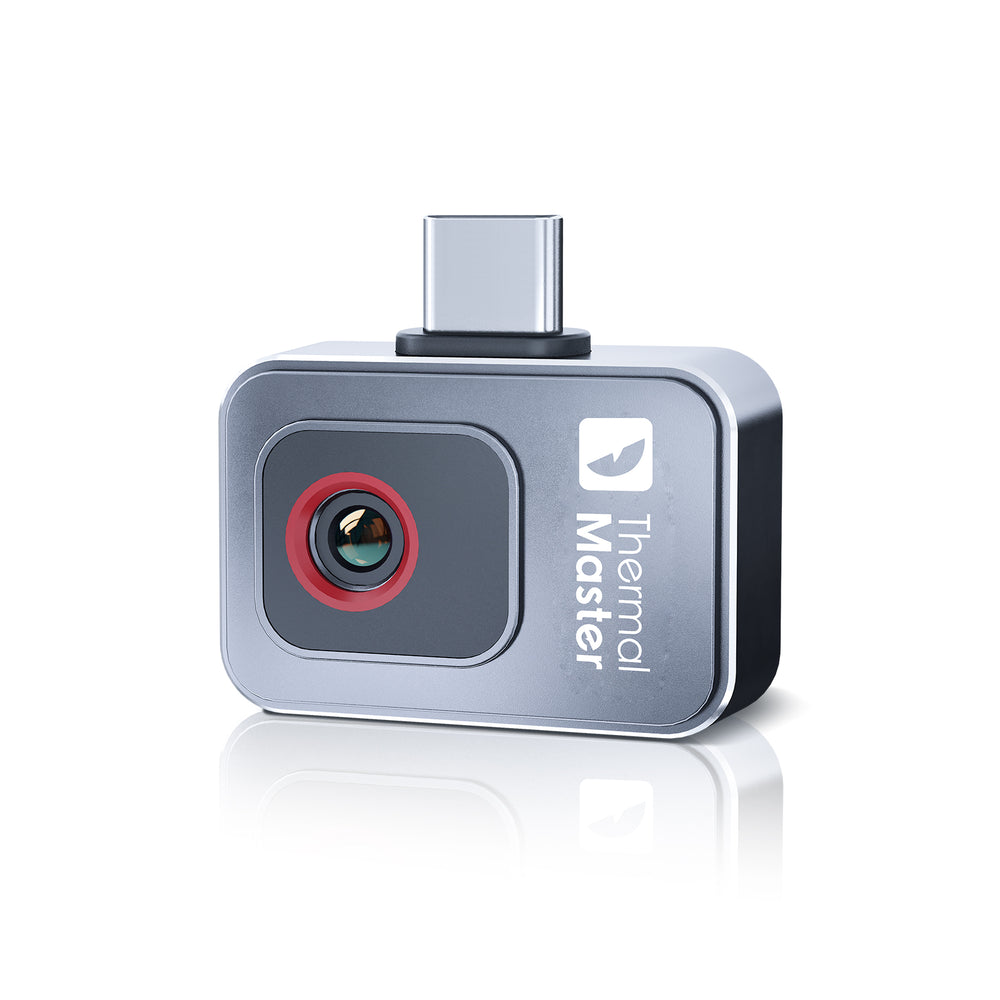
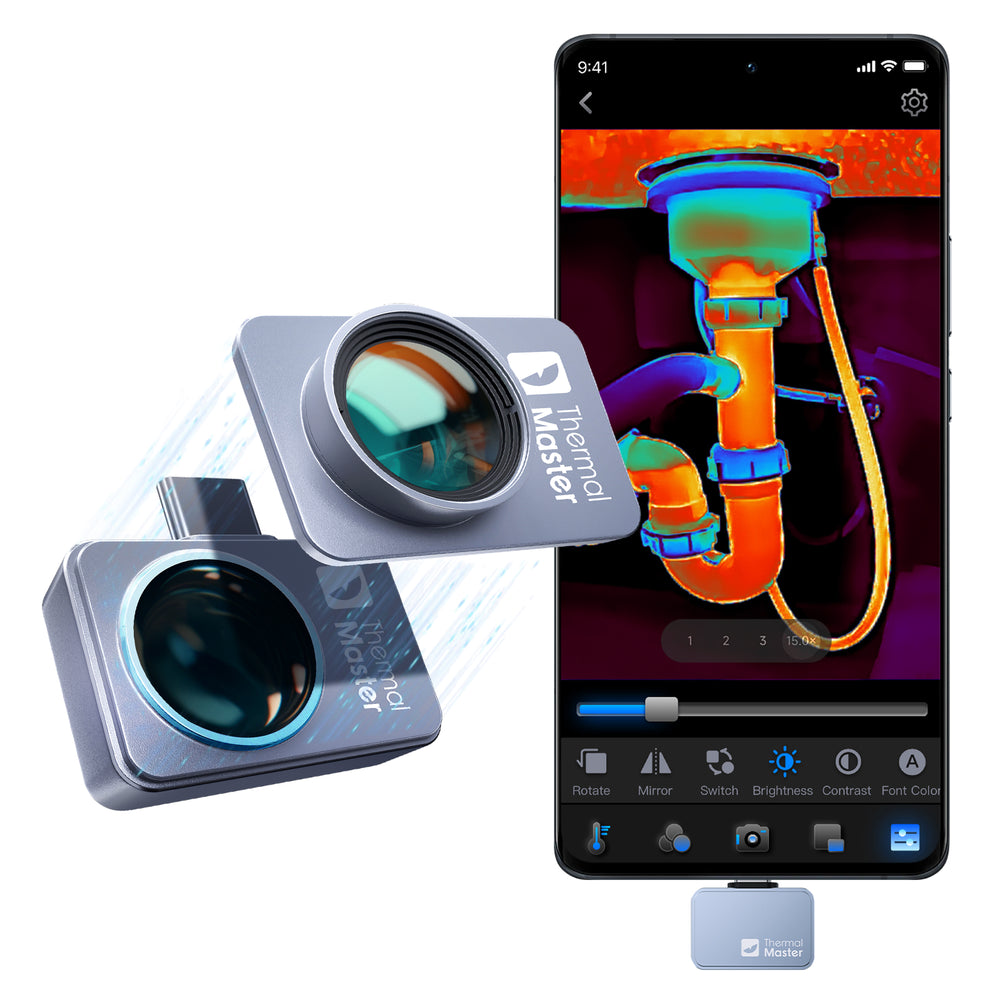
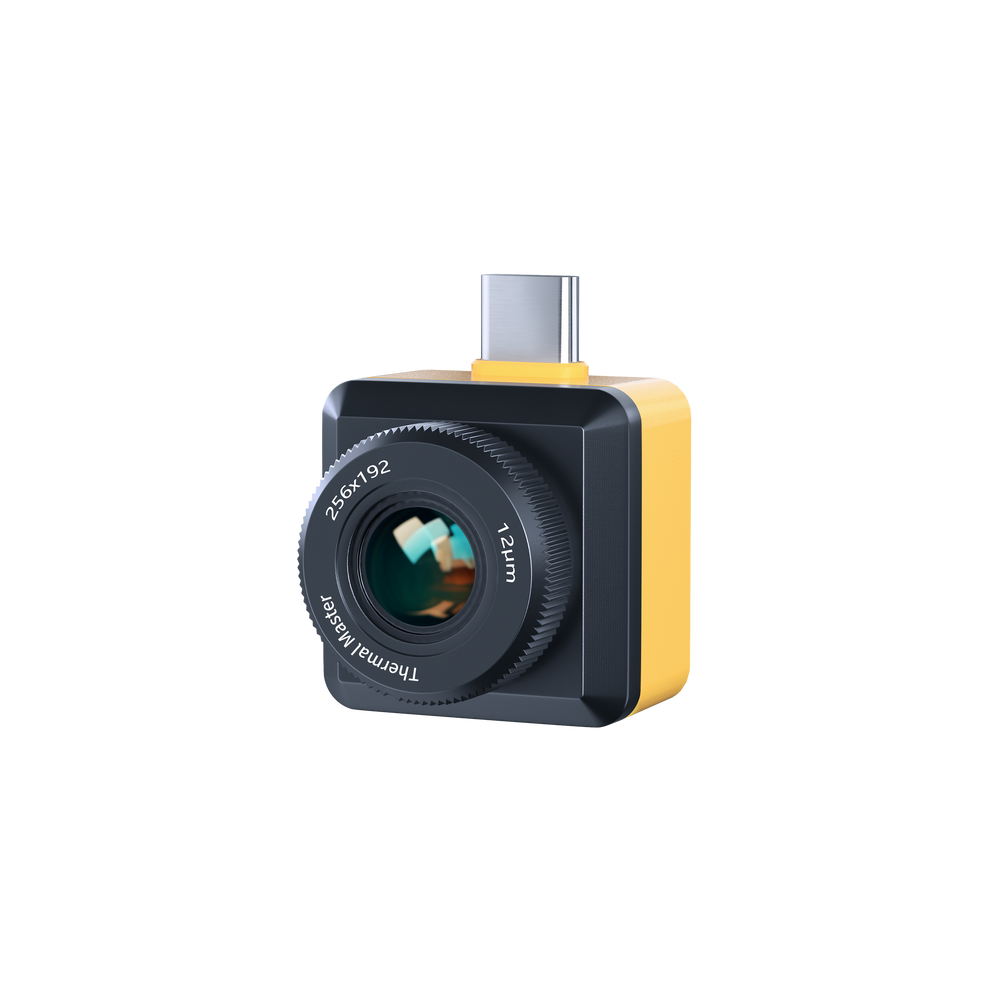
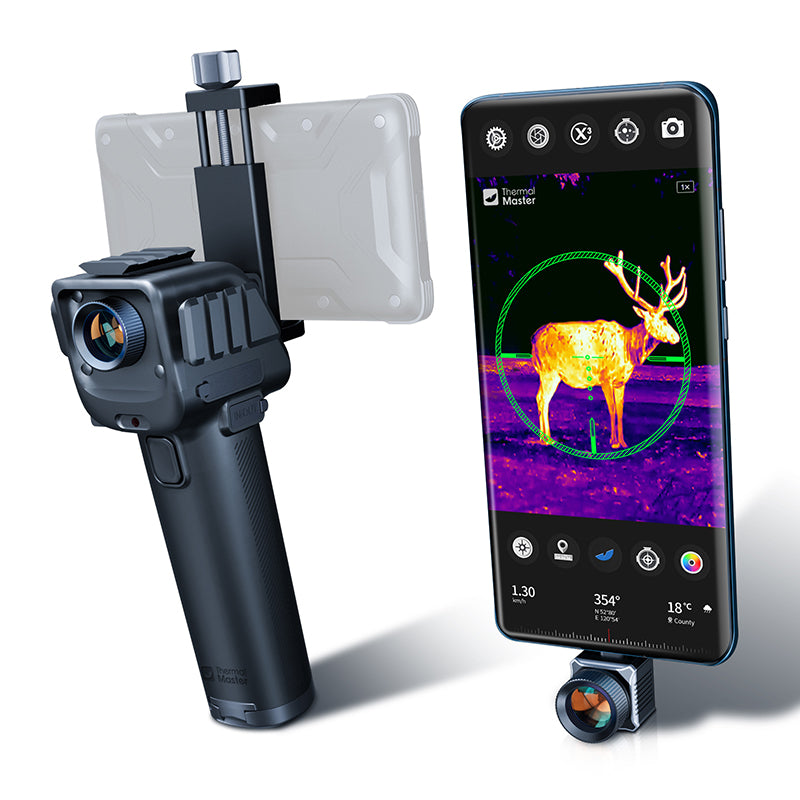

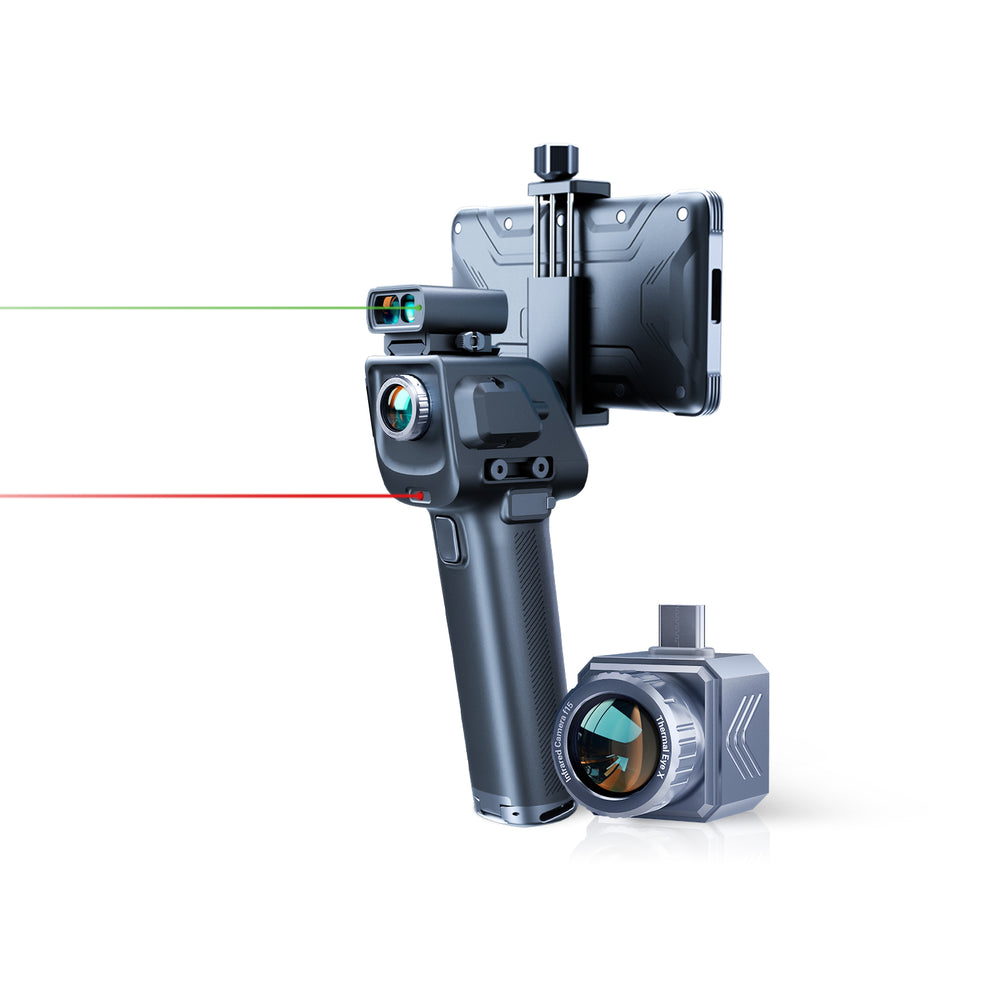
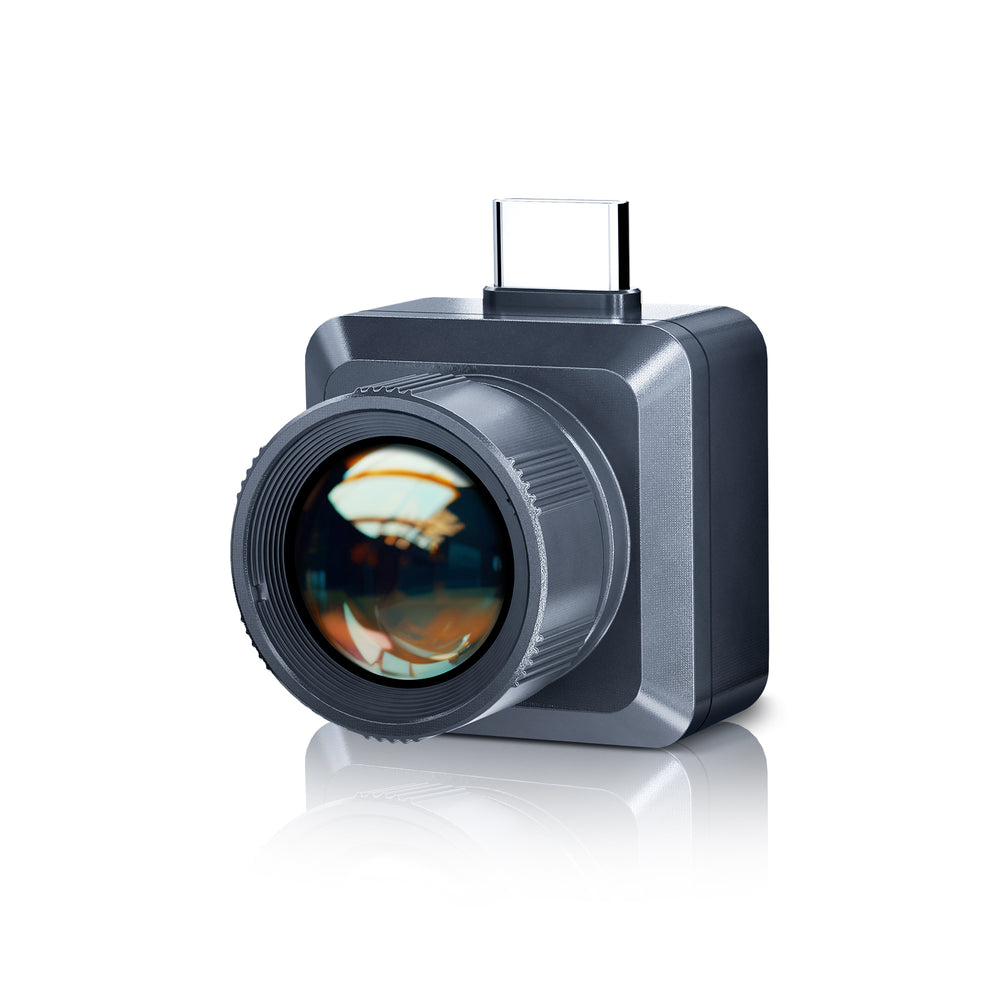

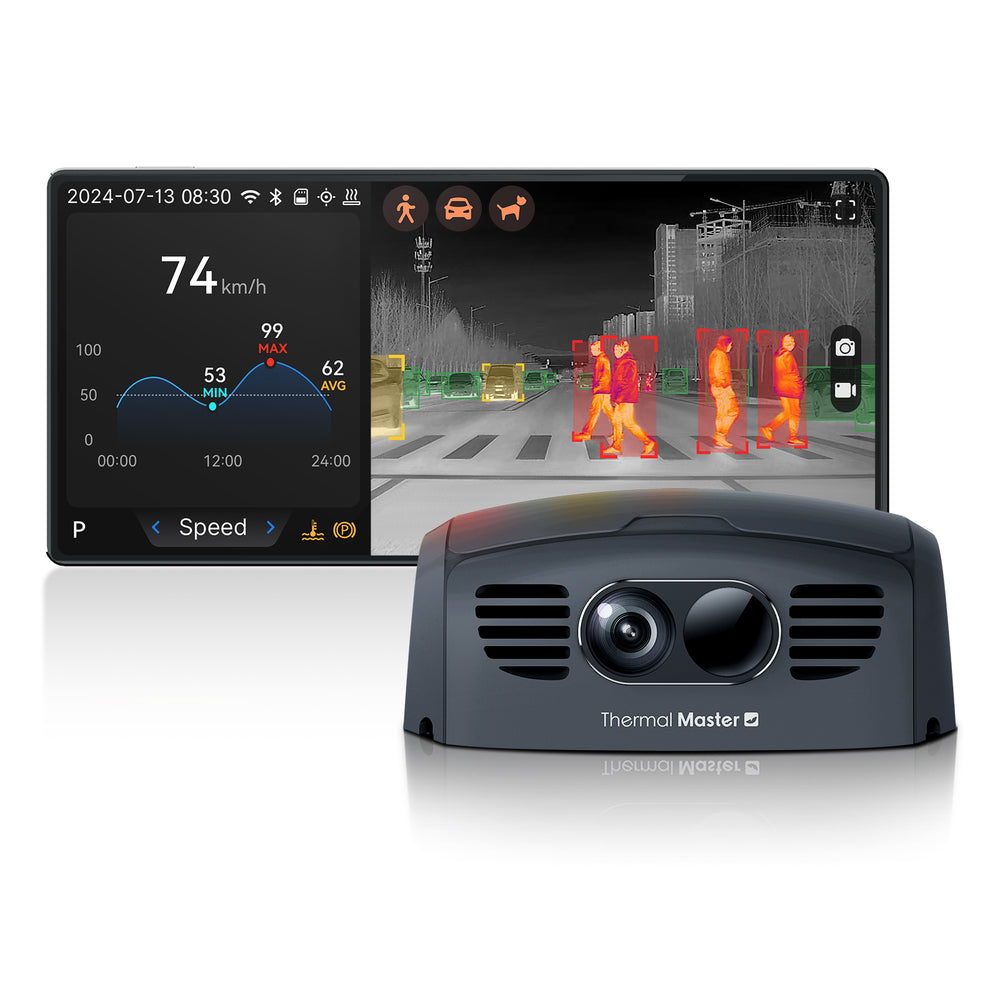
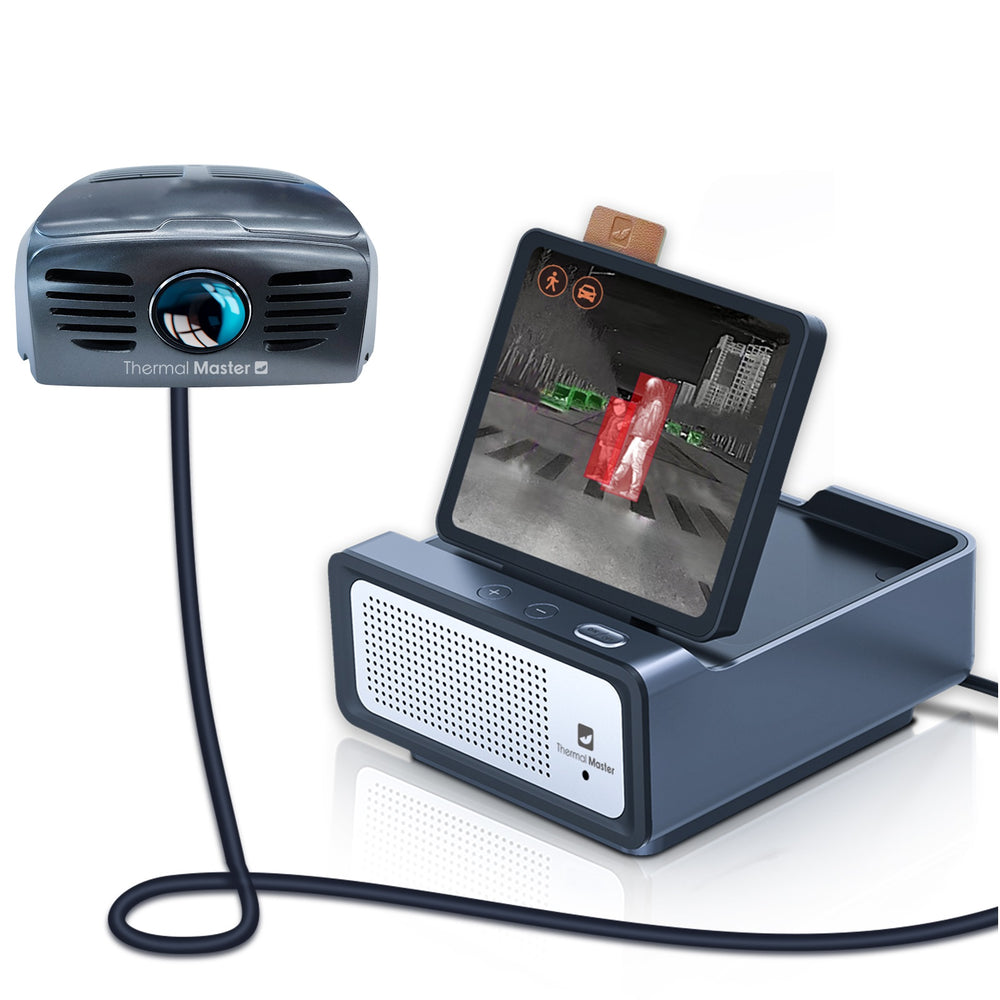

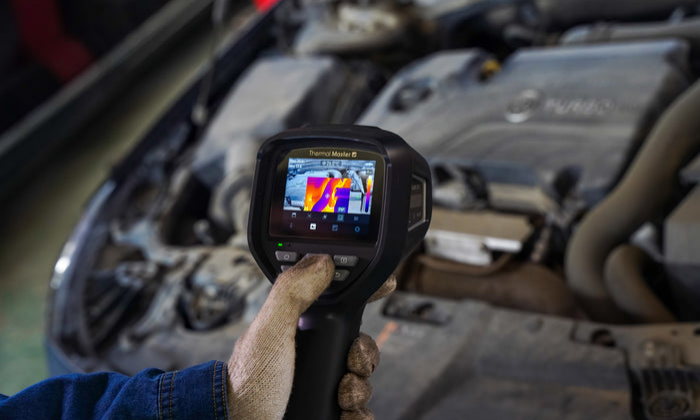


Leave a comment
All comments are moderated before being published.
This site is protected by hCaptcha and the hCaptcha Privacy Policy and Terms of Service apply.